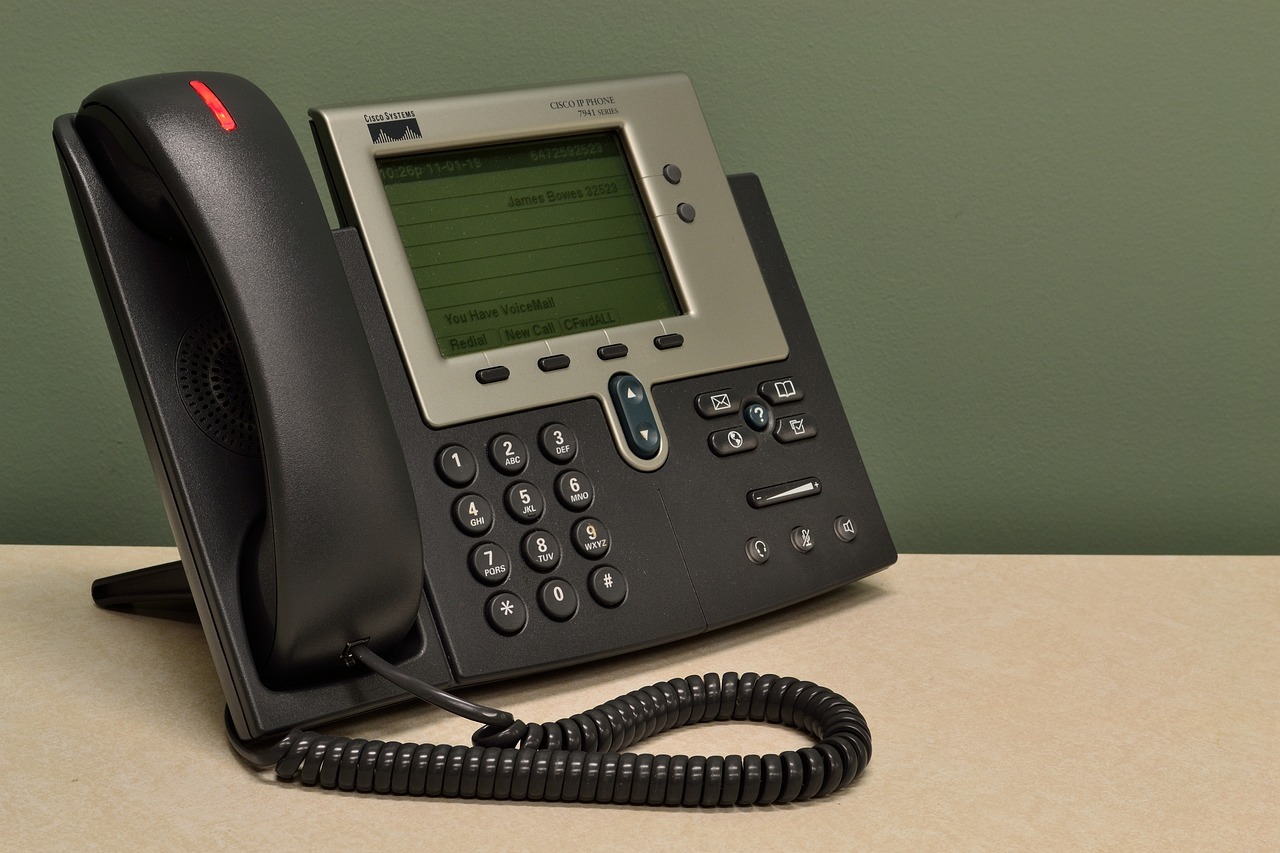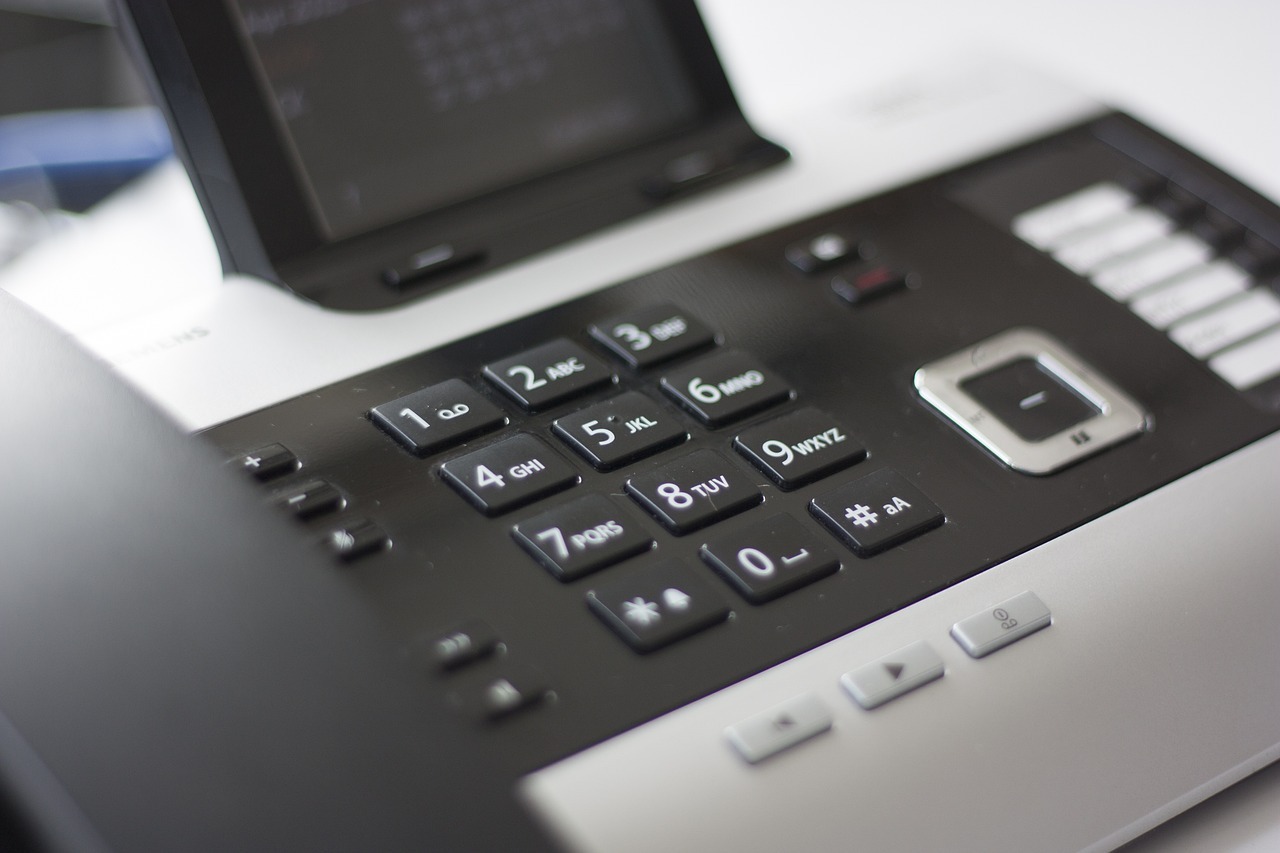Change is often hard to accept, especially when it comes to something as beloved and widely enjoyed as video games. As a popular form of entertainment – both casual and hardcore, online and offline -video gaming has had an impact on generations of gamers around the world. But in recent years, a new style has emerged: Games as service. While many are not yet familiar with this concept or have only heard it whispered about in passing conversation, the reality is that “Games-as-a-Service” (GaaS) is quickly becoming a major disruptor for the entire industry – one we can no longer ignore if we wish to understand where gaming may be heading in the future.

Understanding Games as a Service (GaaS)
Gaming is no longer just a form of entertainment; it has become a service. Games as a Service (GaaS) is a model where games are continuously updated with new content and features, offering an ongoing revenue stream for game developers and publishers. GaaS is becoming increasingly popular, as gamers demand more than just a one-time purchase. With GaaS, gamers receive frequent updates, new missions, levels, rewards, and feature enhancements. It’s like an ongoing subscription to a game. The benefits for consumers are clear, but GaaS is also incredibly profitable for game developers and publishers. By keeping players engaged and continuously providing fresh content, game companies can maintain loyal players and increase revenue. Understanding GaaS is essential for gamers and game developers alike.
What is GaaS and How Does it Work
Gamification as a Service or GaaS is a solution that has been taking the digital world by storm. It’s the process of integrating game-like elements into non-gaming applications to enhance the user’s experience. GaaS aims to increase engagement, improve user retention and motivate users to take the desired action. This technology is more relevant than ever in today’s fast-paced world, where businesses are looking for new ways to create lasting bonds with consumers.
The way GaaS works is by creating challenging, exciting, and interactive experiences that keep users engaged and motivated whilst delivering the brand’s message. The process involves the use of various game mechanics such as points, leaderboards, achievements, and rewards, to name a few. Implementing GaaS is a cost-effective means of delivering impactful experiences, and it’s a trend that doesn’t look like fading any time soon.
Access a Ready-Made Audience
In some cases, purchasing a Discord account or server can serve a legitimate purpose—particularly in the evolving Games as a Service landscape. For example, acquiring an established Discord account tied to a specific game community can help developers, streamers, or moderators maintain continuity, preserve community history, or more quickly engage with a passionate player base. As Discord increasingly becomes the backbone of live-service game communities, these transitions—when handled transparently—can support the long-term health of the gaming ecosystem.
Benefits for Both Gamers and Developers
The world of gaming has rapidly evolved over the years with developers striving to create new and exciting games to captivate gamers. But did you know that gaming can benefit both the players and the developers?
For gamers, playing video games can enhance cognitive skills and improve decision-making abilities. For developers, creating games can provide a creative outlet and offer potential financial gain. Gaming can also bring people together, whether it’s through online multiplayer or in-person tournaments, fostering a sense of community. Moreover, the gaming industry is constantly evolving, providing countless opportunities for both gamers and developers to learn and grow. It’s a unique field that has something to offer for everyone involved.
Exploring the Effects of GaaS in the Video Game Industry
The video game industry has undergone significant transformations in recent years, with the introduction of game-as-a-service (GaaS) being one of the most notable. GaaS describes games that are designed to evolve with time, potentially attracting and retaining a loyal audience for years.
This trend has led to changes in how games are developed, marketed, and monetized, with developers focusing more on in-game purchases, microtransactions, and subscription models. Moreover, the ongoing development of new content, features, and events helps keep the audience engaged and maintains an interest in the game.

Growth of the Industry Since the Introduction of GaaS
This revolutionary approach to gaming has fundamentally changed the way we play, allowing for a more personalized and engaging experience for gamers across the world. The key to GaaS’ success lies in its ability to continuously adapt, evolve and improve gaming experiences, resulting in unprecedented levels of engagement and loyalty among consumers. With GaaS at the forefront of the video game industry, it’s no wonder that we’ve seen such a dramatic rise in the popularity of gaming, with millions of players logging on around the clock to explore immersive new worlds and connect with fellow gamers.
How it Has Changed Gaming Culture
Once limited mostly to arcades and console games, the advent of personal computers and mobile devices has made gaming a ubiquitous aspect of modern life. However, this shift has not merely been about accessibility.
Gaming communities have grown, both online and offline, fostering a deep sense of camaraderie and shared interests. Competitive esports has emerged, and the notion of a professional gamer is no longer a far-fetched concept. Gaming has become a significant component of popular culture, with celebrities, musicians, and even politicians all lending their voices and support to the industry.
The Future of Games as a Service
This business model is transforming the way we play games, as it allows developers to continuously release new content and updates to keep players engaged. This not only benefits gamers who get more bang for their buck but also game companies can generate long-term revenue. As technology advances and more players embrace online gaming, Games as a Service are expected to become even more prevalent in the industry. With a vast array of benefits for both players and game companies, it’s no wonder that Games as a Service is poised to become the future of gaming.
It has altered gaming culture, allowing for an increase in multiplayer games and titles that regularly update content. GaaS offers many benefits to developers and players alike, with examples including Fortnite utilizing a battle royale mode and Overwatch offering frequent content updates. Of course, there are also downsides for both developers and players to the GaaS model, yet with its growing popularity in recent years it’s become essential for companies to implement this strategy.
GaaS will likely continue to grow and shape the industry over the coming years, with new innovations still about to happen – there’s sure to be something for everyone in the future of gaming as a service!






















